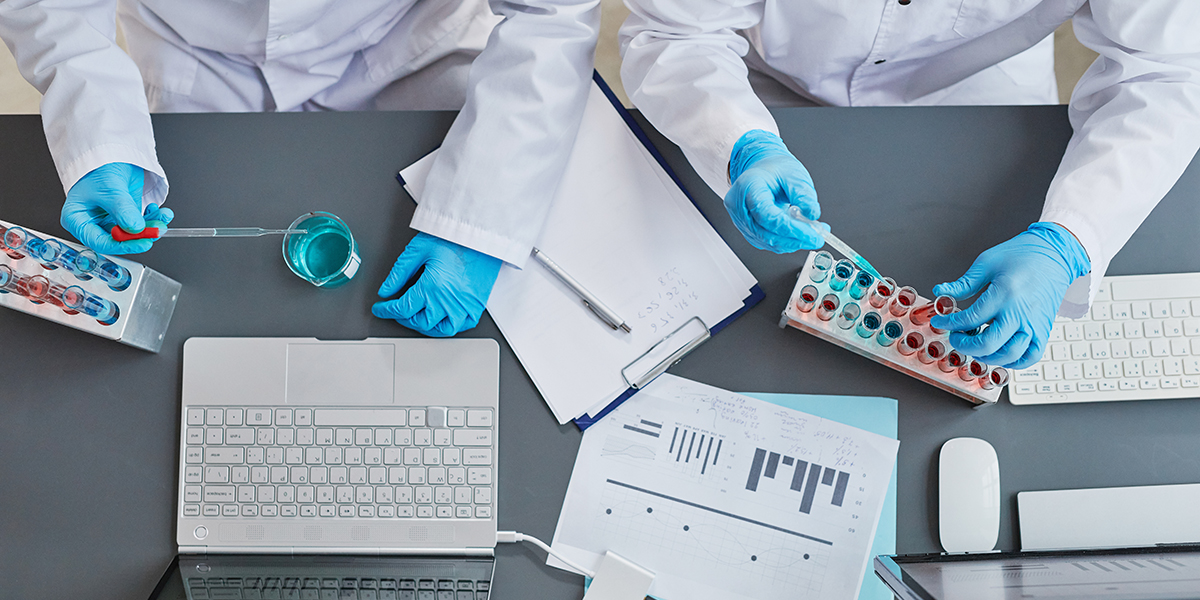In industries where asbestos exposure is a significant risk, understanding the NIOSH 7400 method and its calculative methodologies is crucial for ensuring worker safety. Stakeholders from laboratory managers to environmental health scientists are often on the lookout for comprehensive guidance on effective asbestos monitoring. This article aims to address the common queries and concerns regarding the NIOSH 7400 method, including its calculation, analytical method, asbestos exposure limits, and the role of NMAM (NIST Manual of Analytical Methods) in standardizing these procedures.
What is NIOSH 7400?
NIOSH 7400, also known as the Asbestos and Other Fibers by PCM method, is a standardized procedure developed by the National Institute for Occupational Safety and Health for quantifying airborne fibers, including asbestos, in workplace environments. This method utilizes phase-contrast microscopy (PCM) to identify and count fibers, thereby assessing exposure levels and ensuring they fall within safe limits.
How is NIOSH 7400 Calculated?
The calculation process in NIOSH 7400 methodology focuses on determining the concentration of airborne fibers within a sampled volume of air. Here’s a simplified breakdown:
- Air Sampling: The first step involves the collection of air samples using a calibrated air sampling pump. A mixed cellulose ester (MCE) filter is used to capture airborne fibers as the air passes through it.
- Sample Preparation: Once the sampling is complete, the filters are treated with acetone vapor. This treatment helps clear the filter, which allows for easier identification and counting of the fibers when viewed under a microscope.
- Microscopy Analysis: The next step is to examine the treated filters with a phase-contrast microscope. Under the microscope, fibers that meet the specific criteria set by the NIOSH 7400 method are counted. These criteria include aspects like the length, diameter, and aspect ratio of the fibers.
- Fiber Counting: Fibers are counted according to stringent guidelines to ensure accuracy. Only those fibers meeting the defined size and shape standards are included in the final count.
- Calculation of Fiber Concentration: Finally, the concentration of airborne fibers in the sample is calculated by dividing the total number of fibers counted by the volume of air sampled through the MCE filter. This concentration is usually reported in fibers per cubic centimeter (f/cc).
This process aids in assessing the immediate need for remedial action or further protective measures to control exposure.
What is the NIOSH Asbestos Exposure Limit?
The NIOSH Recommended Exposure Limit (REL) for asbestos is set at 0.1 fiber per cubic centimeter of air (0.1 f/cc) as a time-weighted average (TWA) for up to a 10-hour workday within a 40-hour workweek. This limit is designed to minimize worker exposure to asbestos and prevent asbestos-related diseases.

Making sure the workplace is safe can help bring the best out of employees.
Role of NMAM in Standardizing Procedures
The NIOSH Manual of Analytical Methods (NMAM) serves a crucial function in the standardization of occupational exposure monitoring. It offers comprehensive, scientifically validated analytical methods for sampling and analysis, including the NIOSH 7400 method. The standardization provided by NMAM ensures consistency in results and contributes to the effective mitigation of occupational health risks.
Bridging NIOSH 7400 and Laboratory Management Enhancements through LIMS
The rigorous and detailed process of sampling and analysis prescribed by the NIOSH 7400 method necessitates an equally robust management system to handle the complexities of data and quality control. This is where Laboratory Information Management Systems (LIMS) come into play. Implementing LIMS in laboratories performing asbestos and fiber analysis offers a substantial upgrade in managing the logistical and analytical challenges associated with such detailed protocols. By automating and streamlining crucial aspects of the sample management and reporting processes, LIMS not only complements but enhances the operational capabilities required to adhere to methods like NIOSH 7400. Let’s explore how these systems facilitate a smoother, more efficient workflow that aligns with stringent regulatory standards.
Enhancing Laboratory Management with LIMS
LIMS plays an indispensable role in modern laboratory management, particularly in settings requiring adherence to the NIOSH 7400 method. Here’s how LIMS enhances the process:
Streamlined Sample Tracking: LIMS efficiently manages sample data from collection to analysis, overseeing traceability and minimizing manual entry errors.
Automated Reporting: Automate the generation of reports, including exposure levels, compared directly against NIOSH or OSHA regulations, facilitating compliance and decision-making.
Quality Control: LIMS supports quality control procedures, record-keeping, and audit trails, essential for accreditation and ensuring consistent analytical quality.
Data Integrity: Secure storage and backup of sensitive data protect against data loss and unauthorized access, paramount in occupational health settings.
Enhanced Collaboration: With features like secure data sharing and integration with other systems, LIMS promotes collaboration between laboratory personnel, field staff, and decision-makers.
Contact BTSOFT
It’s clear that the integration of NIOSH 7400 into laboratory practices is far more than a mere compliance measure; it represents a significant leap towards operational excellence and strategic prowess in handling asbestos monitoring. This methodology, when supported by advanced LIMS, transforms the landscape of environmental health and safety management. By taking this approach, laboratories are not merely keeping pace—they are setting the pace, ensuring they remain at the forefront of the industry.
Contact us today, to schedule a LIMS demo!





